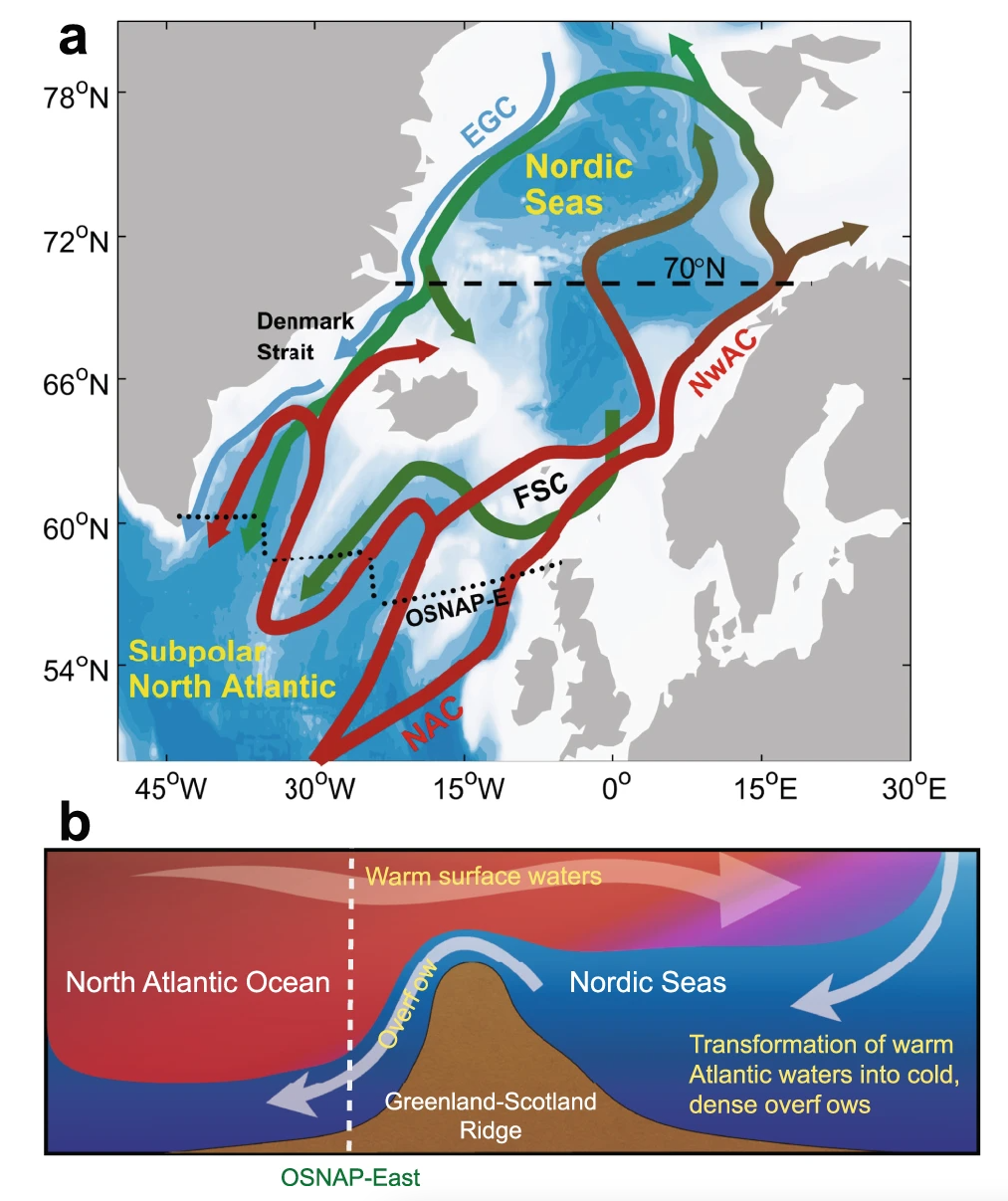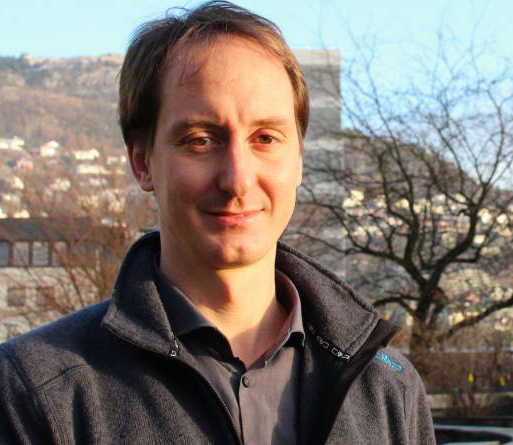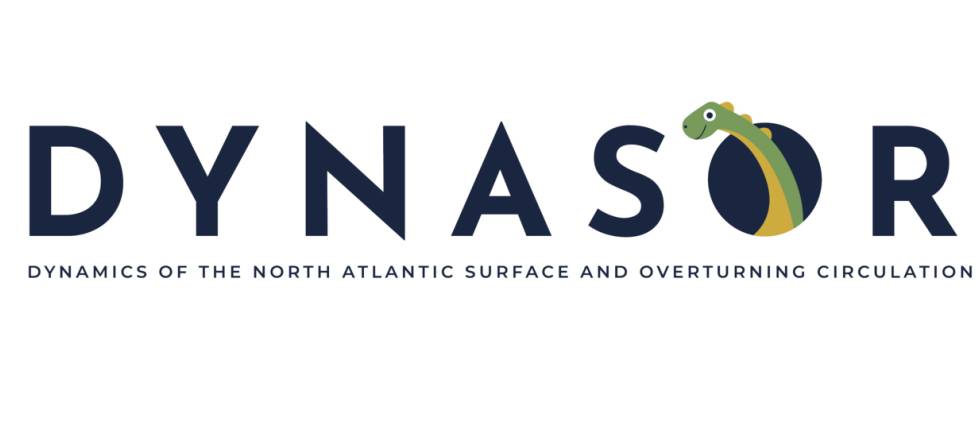The North Atlantic Ocean hosts the largest heat and carbon sink in the world, and drives the Atlantic Meridional Overturning Circulation (AMOC), a massive system of currents that transports heat and nutrients across the globe.
But the area is also undergoing significant changes, such as a regional cooling that contradicts the global warming trend, and a possible weakening of the AMOC that could have profound consequences for the climate and ecosystems.
To better understand these changes and their implications, a project called DYNASOR (DYnamics of the North Atlantic Surface and Overturning ciRculation) has been launched by a team of Bjerknes Centre researchers at the University of Bergen, the Institute of Marine Research, and NORCE Research Centre in Bergen, Norway.
Deep knowledge to understand surface changes
“The decade-old paradigm of the AMOC as a “conveyor belt” circulation has come under increasing scrutiny as the importance of the surface circulation is becoming increasingly obvious,” says Andreas Born, DYNASOR project leader and Professor at UiB and the Bjerknes Centre.

The project aims to address the interaction of the subpolar gyre (SPG) and the AMOC south of the Greenland-Scotland Ridge (GSR), as well as the exchange of water masses across the ridge, both at the surface and in the deep overflows.
DYNASOR will use a combination of state-of-the-art climate models, paleoceanographic reconstructions, and modern hydrographic observations to achieve its goals.
Only this interdisciplinary collaboration provides data of sufficient detail (model simulations) and temporal coverage (paleoceanographic reconstructions) to investigate variations in ocean currents on multidecadal time scales.
Understanding and researching weaknesses in climate models is an important task, especially how variations in the deep impact the layers of the ocean. This can help understand the specific causes of the observed warming hole in the area.
Draws on Bjerknes strengths

This aligns with the strategic focus of the Bergen research community on the Arctic Mediterranean, the area comprising Arctic Ocean and the Nordic Seas, a region that is highly sensitive to the changes in the North Atlantic circulation.
“DYNASOR draws from three core strengths of the BCCR: physical oceanography, paleoclimate reconstructions, and carbon cycle dynamics,” says Born, who intends for the project to set the research agenda for the area.
DYNASOR is one of the Bjerknes Centre strategic projects, running from 2022-2025.

